Droves of curators, artists, writers, and art-world hangers-on descended upon La Serenissima this week for the VIP preview of the 60th Venice Biennale. Often referred to as the art-world Olympics, the event unfolds across two main hubs—the Giardini, a park in the historic city, and the Arsenale, a former dockyard—as well as in countless palazzos and storefronts across town.
Especially during the preview week, ahead of the public opening on Saturday, April 20, the Biennale is a place where people do a lot—a lot of walking, a lot of looking, and a lot of partying. This year’s kickoff saw an unexpected pavilion closure, a high-profile protest, and a whole lot more. Below, CULTURED correspondents fill you in on the best of the best, biggest of the big, and other superlatives from a week in Venice.
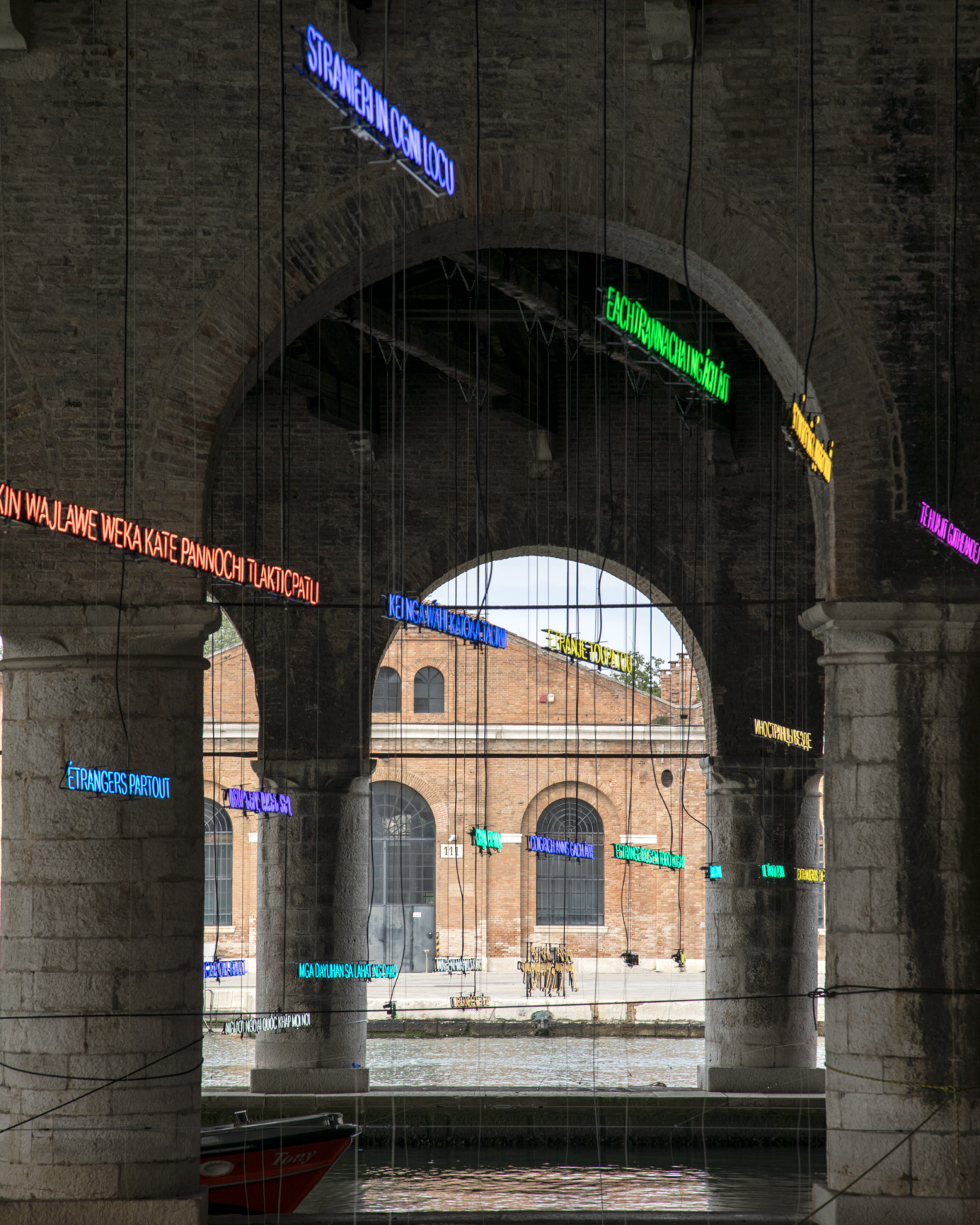
Biggest Rewrite of Art History: “Foreigners Everywhere”
Adriano Pedrosa, the first Latin American curator to tackle the central exhibition of the Venice Biennale, takes Western Modernism and turns it upside down, reorienting it toward the Global South. Introducing more than 300 artists into the canon is no small feat. For a VIP crowd that prides itself on being well informed and well connected, encountering a largely unfamiliar lineup was a foreign experience in itself.
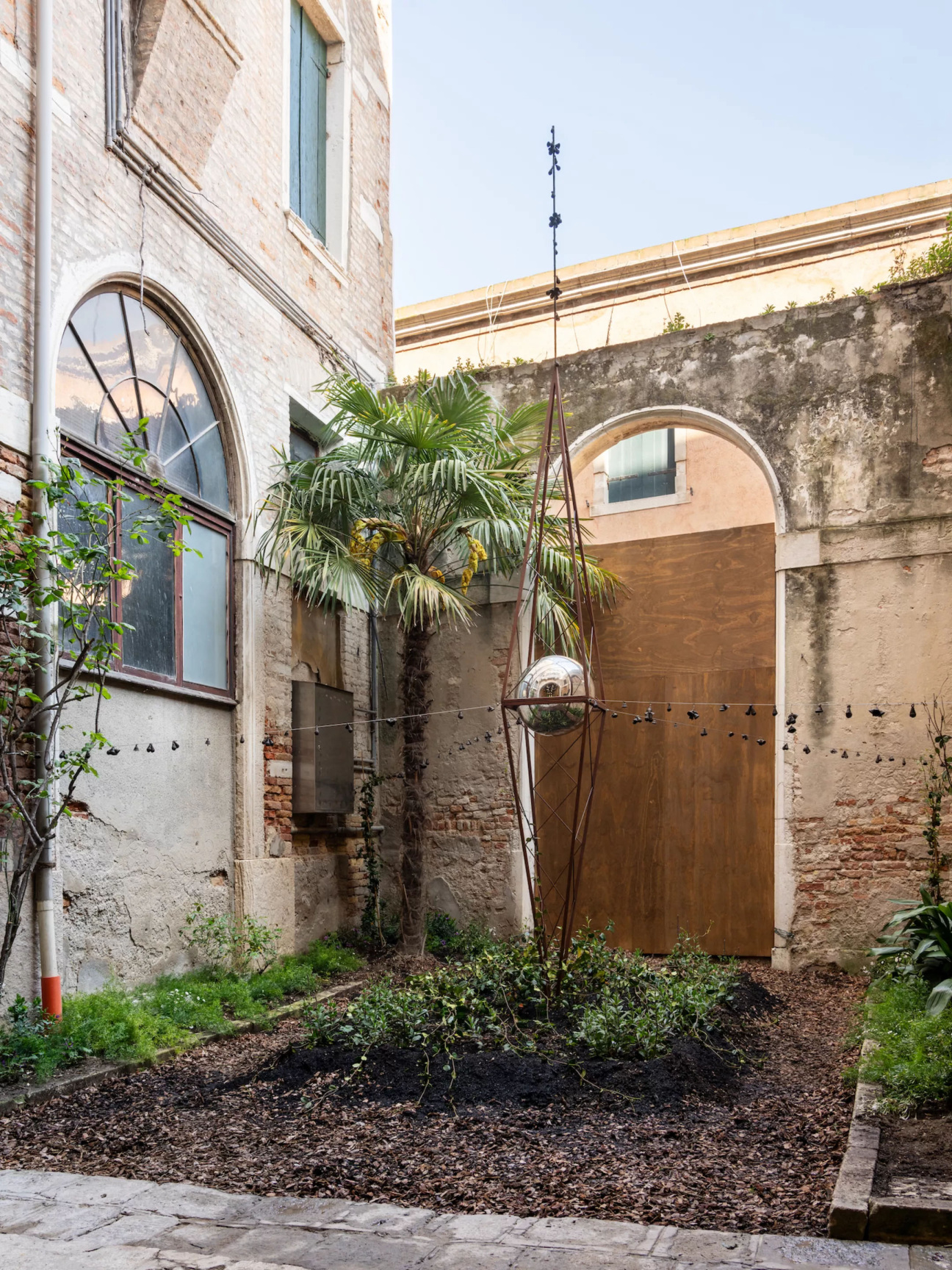
Best Sophomore Outing: Nigeria Pavilion
After a modest debut in 2017, Nigeria returns to the Venice Biennale with “Nigeria Imaginary,” an ambitious, multigenerational exhibition. Highlights include a surreal garden that broadcasts the voices of Nigerian poets and artists by Precious Okoyomon and captivating silhouettes on architectural prints by Abraham Onoriode Oghobase. The show, which takes over an elegantly faded palazzo in the Dorsoduro neighborhood, is about the creative potential of Nigeria—and it is one of the best pavilions of the year.
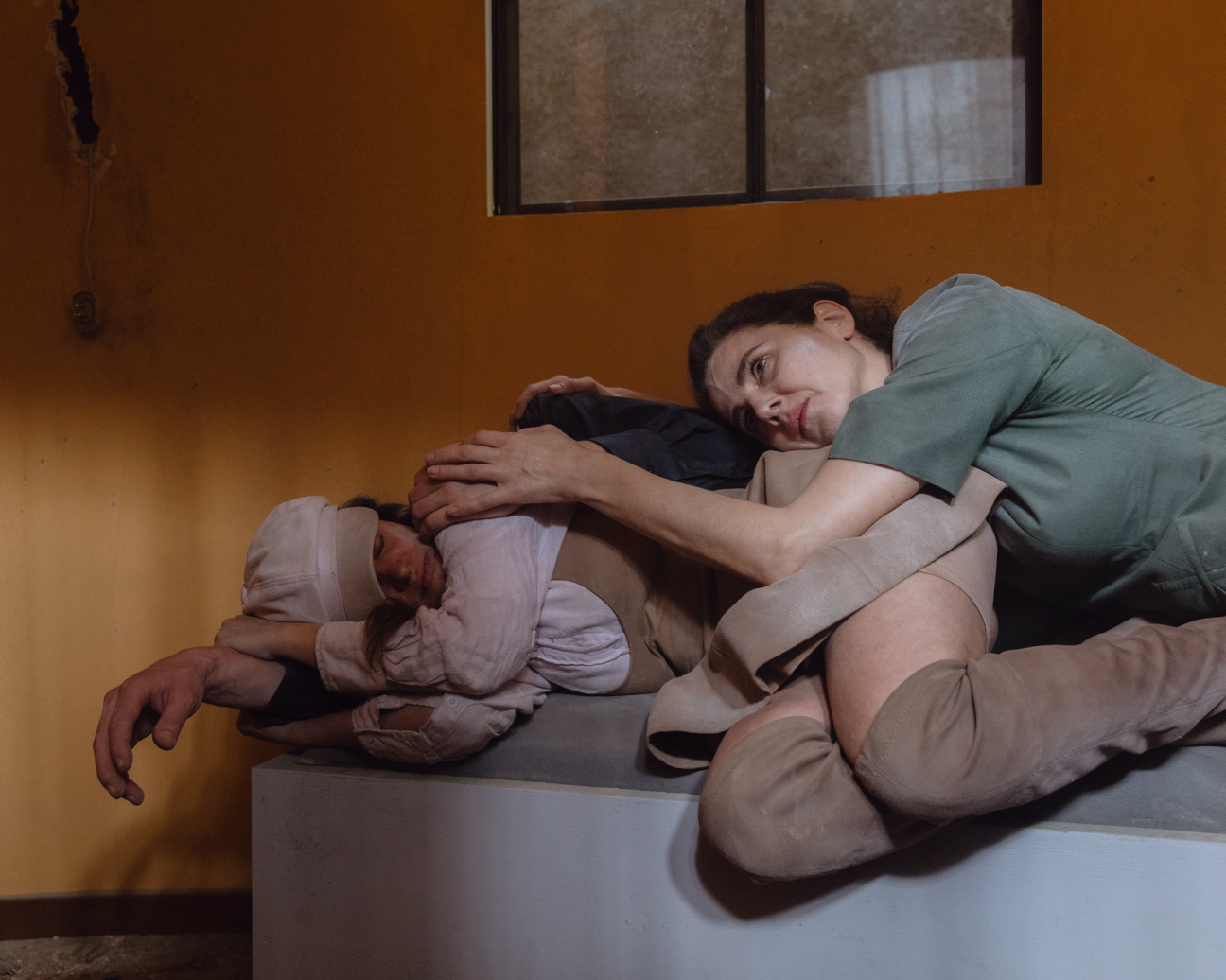
Longest Line: German Pavilion
Even during thunderstorms, crowds were lining up for the chance to take in the post-apocalyptic glory of the German Pavilion. Ersan Mondtag created a dust-covered stage set populated by dejected (sometimes screaming, sometimes naked) actors; the installation is filled with references to the asbestos that has contributed to the death of countless workers, including his own father. Elsewhere, videos and sculptures by Yael Bartana capture an intergalactic séance. VIPs either loved or hated the exhibition—but the starkly divided reactions seem to have only contributed to longer lines.
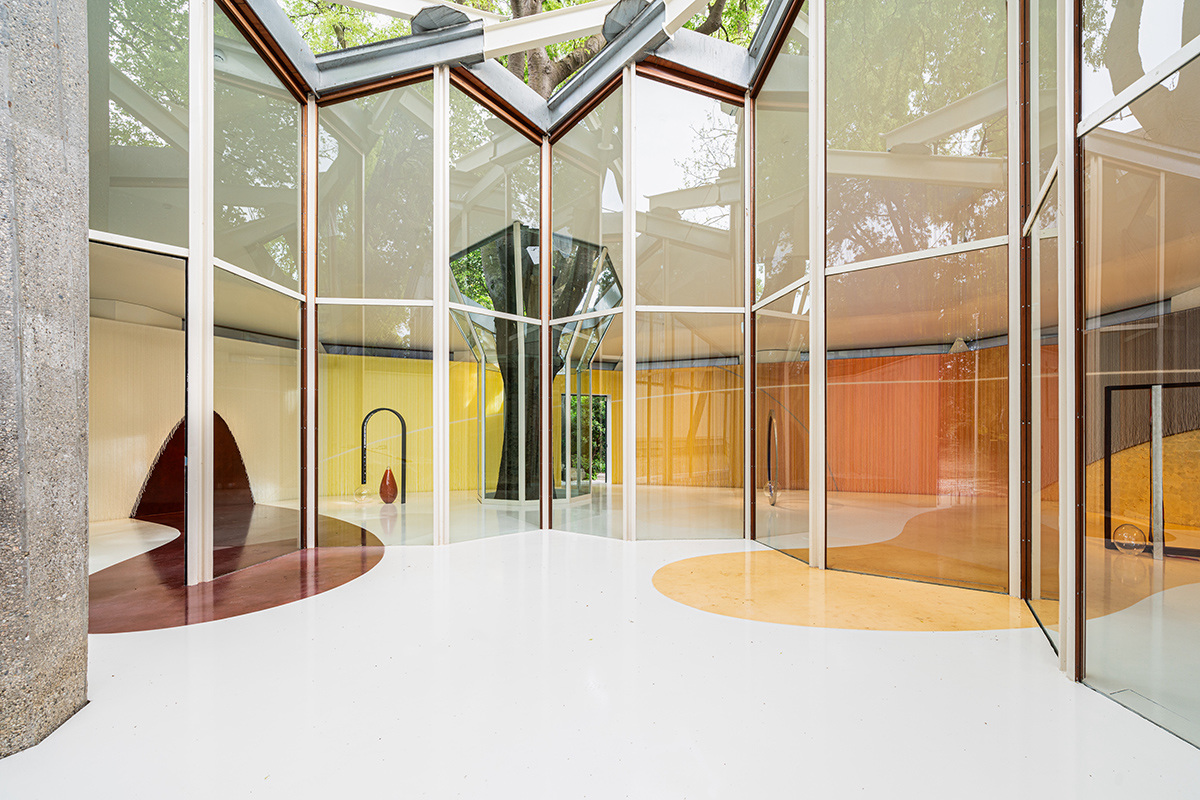
Most Hazardous: Canada Pavilion
The clear glass walls of the Canada Pavilion offer a sneak peek at the lovely beaded gradient curtains that the chosen artist, Kapwani Kiwanga, erected along the building’s inner walls. But as it turns out, there may be such a thing as being too clear. One man was spotted walking straight into the glass door and there were murmurs of others repeatedly colliding with the spotless glass. So far, no VIPs have been seriously injured, but egos were definitely bruised.

Best Celebration of Love: Arsenale (and Elsewhere)
The strongest thread of Pedrosa’s exhibition is its exploration of queer desire and subversion of strict gender roles. Standouts include a tender portrait of fisherman by the late Indian artist Bhupen Khakhar from 1985, contemporary mosaics of men embracing by Lebanese artist Omar Mismar, and Pret-a-Patria, a sculpture and performance by actors in military gear and lacy underwear by the Mexican artist Bárbara Sánchez-Kane. The theme was also echoed in Trevor Yeung’s Hong Kong Pavilion, where fish tanks with reproductive equipment but no fish hinted at unfulfilled desire.
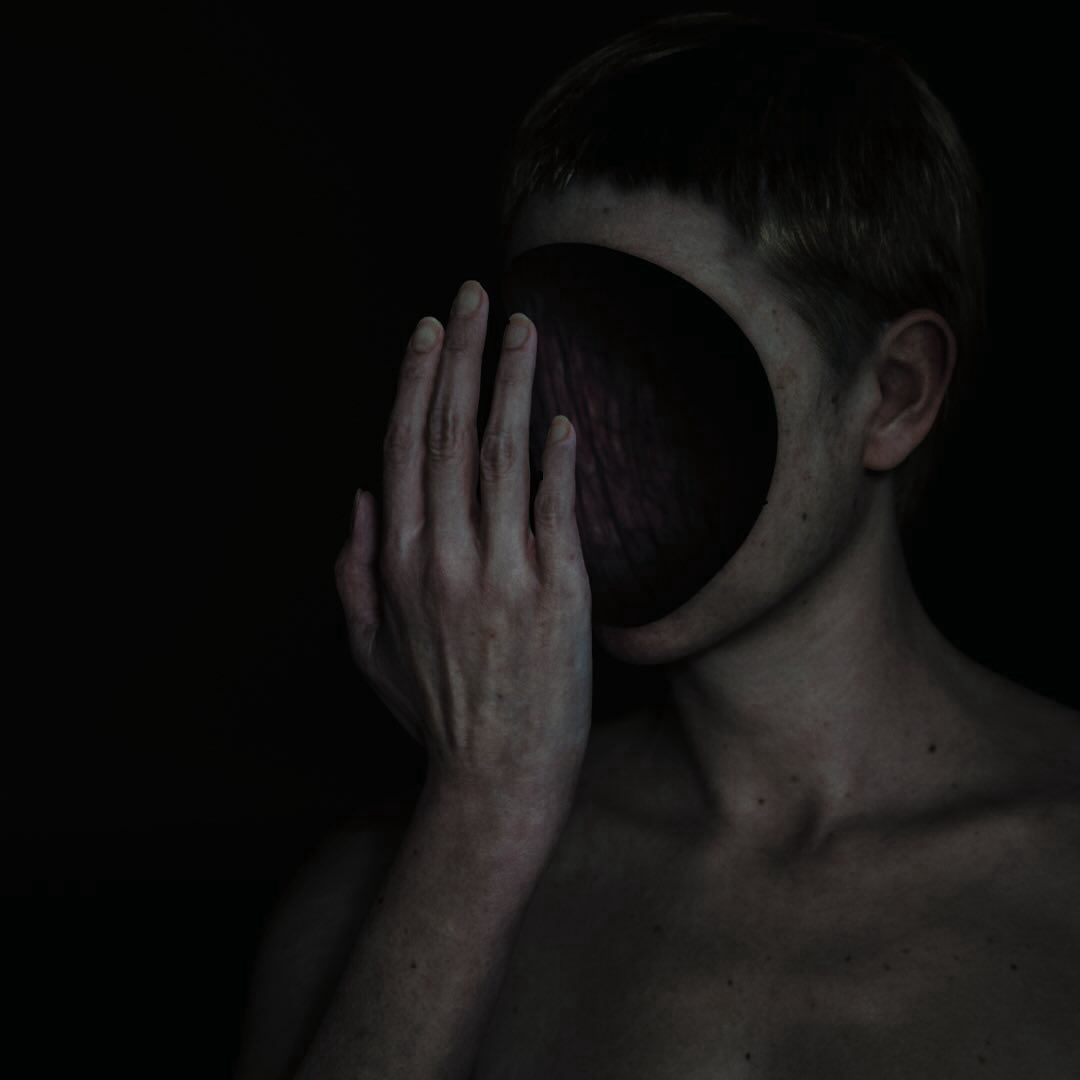
(Literal) Darkest: “Pierre Huyghe: Liminal” at the Palazzo Grassi
As visitors enter the French artist’s solo exhibition, they are immediately plunged into darkness. A sign reminds the audience to take a moment to let their eyes adjust, and the rest of the show—chock full of glowing vitrines, creepy videos, and ambient installations—unfolds in light so low, it’s a miracle more people weren’t bumping into one another. The atmosphere, coupled with the eerie imagery, keeps the viewer’s imagination in a state of high alert. In the first room, a video projects the image of a nude woman who seems to peer back at the viewer, except she has no face to gaze with: there is a black hole where her face should be.
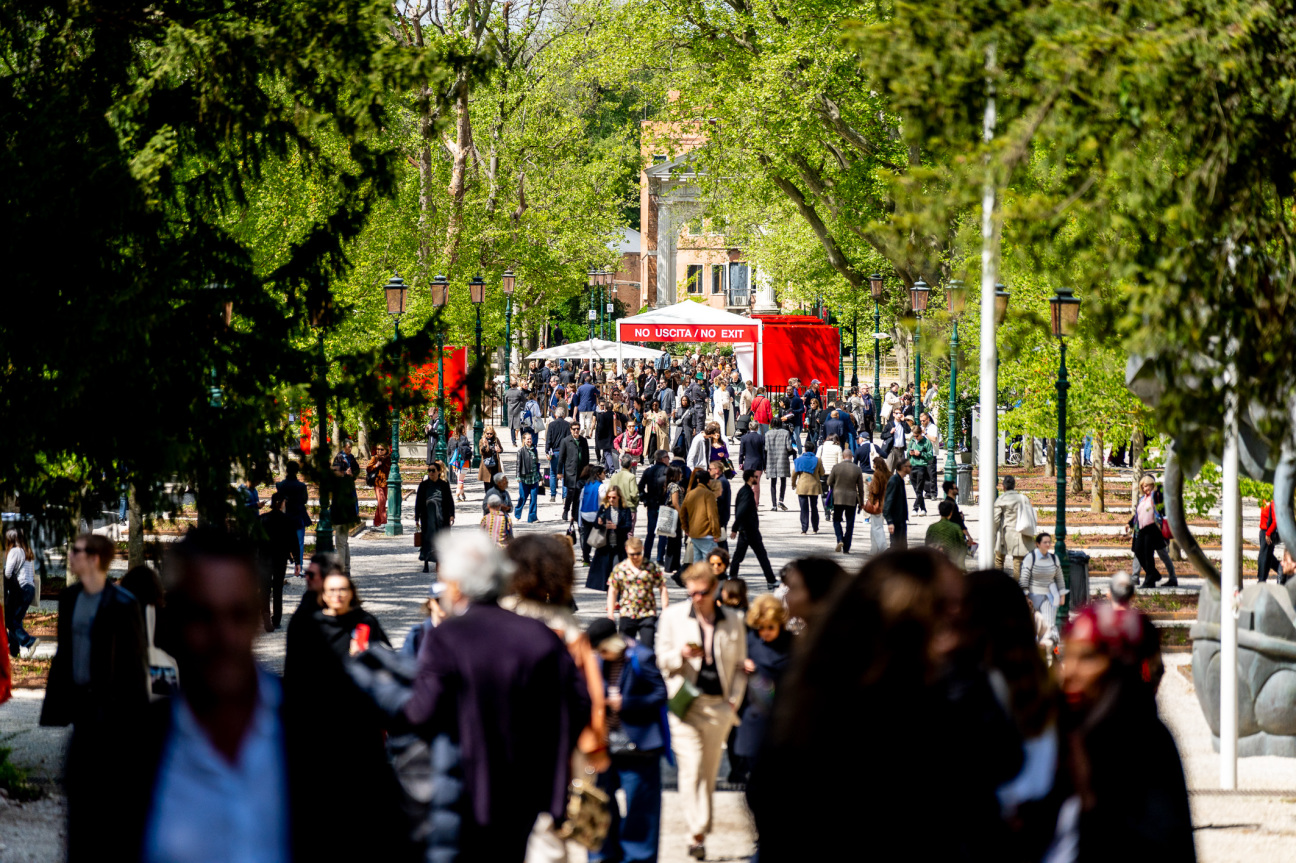
Biggest Drama Queen: Mother Nature
Mother Nature opened the week with blue skies and 73-degree weather but quickly shifted into a series of dramatic tantrums comprising thunderclaps, hailstones as big as espresso cups, and downpours so dramatic that glamorous VIPs looked as if they had fallen into the lagoon. During one particularly intense storm, some unlucky vaporetto passengers’ suitcases fell overboard, lost forever to the choppy Venice waters.
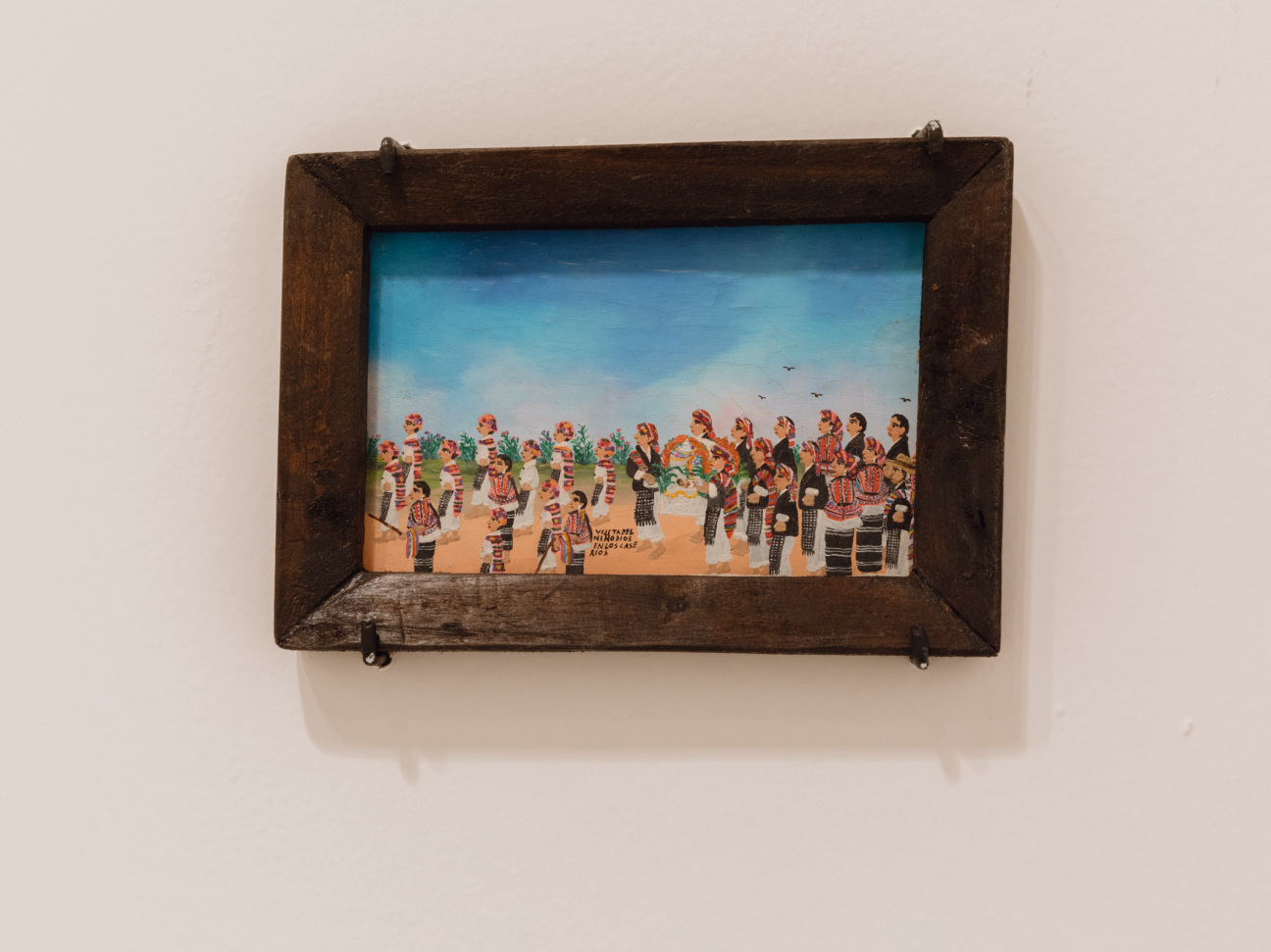
Smallest Work: Paintings by Rosa Elena Curruchich
Biennial art is stereotypically monumental, flashy, and bombastic. But Adriano Pedrosa’s central exhibition included modest, proudly un-spectacular work, including intricate paintings of daily life and religious festivals by the Maya Kaqchikel artist Rosa Elena Curruchich (1958-2005). She completed the meticulous works—each only slightly larger than a postcard—in secret during Guatemala’s violent Civil War; they were tiny so as to be easily hidden and transported.

Most Promising Venice Debut: Guglielmo Castelli, “Improving Songs for Anxious Children”
A standout among the many exhibitions organized outside the official program is the solo Venice debut of the young Italian painter Guglielmo Castelli. At L'Istituzione Fondazione Bevilacqua La Masa, he invites viewers into his darkly theatrical world, which he has almost literally sliced open. Scenes referencing childhood are bisected into mirror opposites, populated by surreal, puppet-like, contorted, and splayed characters. Mysteries and symbols abound in this large, generous show, hidden round night-lit corners and overflowing into depths of delicious, patinated color and abstraction.










 in your life?
in your life?

